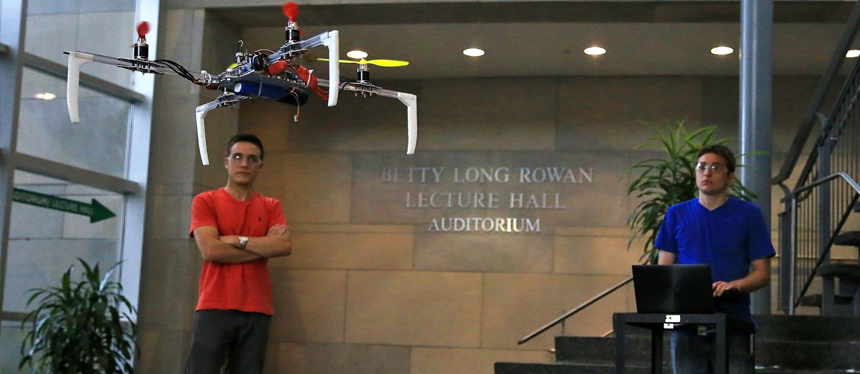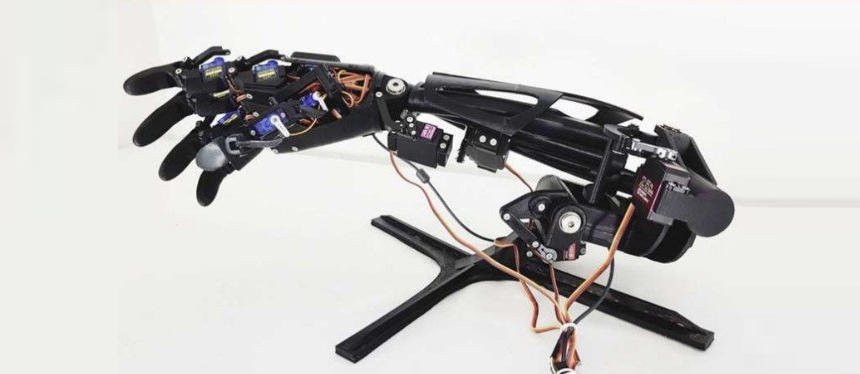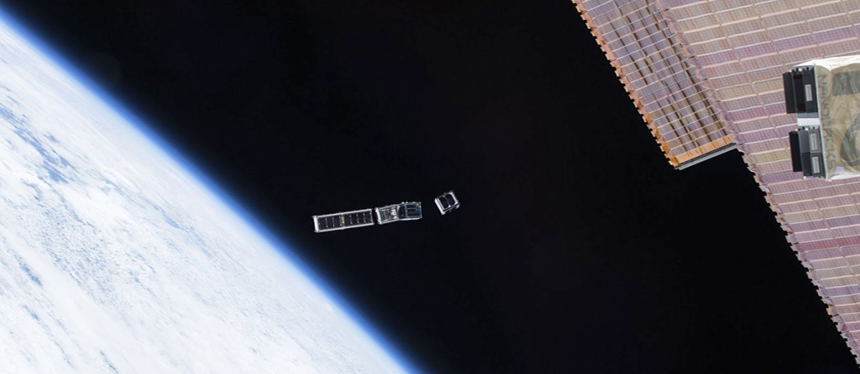Junior / Senior Engineering Clinics
Junior / Senior Engineering Clinics
Junior / Senior Engineering Clinics in ECE
Taken consecutively for four semesters in the second half of the curriculum, Junior / Senior Engineering Clinic is where the magic happens! This is where students learn and perfect the true art and science of engineering design, problem-solving, team-working, creative and analytical thinking, as well as time and project management.
Junior / Senior Engineering Clinics (JSEC) are unlike any other class you have seen. The problems on which we work are not previously solved textbook or canned experiment problems, nor are they engineering challenges that do not go beyond a hobby; many of the problems are not even conceived by the professors, and the solutions to these problems are often truly unknown. These are “real” and "unsolved" problems!
Where do these problems come from?

Many of the project ideas for JSEC come to us directly either by the industry or by the research funding agencies (that competitively fund cutting-edge research). In each semester, the engineering faculty organizes a massive “clinic project fair,” where that semester’s projects are introduced to the students. This is where the faculty pitches the project to students and competing against each other to get the best students interested in their projects. The students and projects are matched to each other based on students' areas of interest and levels of skills in project-specific areas; then the work begins. These projects have real milestones, real deliverables, and if not completed in time, real consequences! Students can participate in any project offered by any of the engineering disciplines, creating truly multi-disciplinary teams. In fact, in ECE we ask students to spend at least one of the four semesters in a non-ECE project or provide consulting services to a non-ECE project through Clinic Consulting.
Some projects are student-initiated, but we use the same threshold for those projects: real and unsolved problems. The students write a proposal, and selected projects are funded by us and/or external sponsors. The original quadrocopter project as well as the Formula Electric Car (with a $50,000 budget) are examples of student-initiated projects.
In any given semester, each department runs about 30-40 projects, providing students with well over 160 projects college-wide to choose from. Since many of the projects are industry-funded, students who work on these projects are typically hired (gobbled up, really) by the sponsoring companies first as interns, and then as permanent employees. Many of our students find employment at these clinic-sponsoring companies, typically long before they graduate.
In ECE, recent research & development projects came from the following companies and organizations:
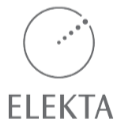

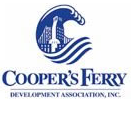







- Lockheed-Martin
- Cooper's Ferry
- SunTechnics
- Kaneka
- NJ State Police
- Exxon-Mobil
- Neuronetrix
- PSEG
- Siemens
- NavAIR / NavSEA
- L3 Harris
- K-Tron
- Elektra
Recent fundamental research projects have been sponsored or funded by the following organizations and agencies:
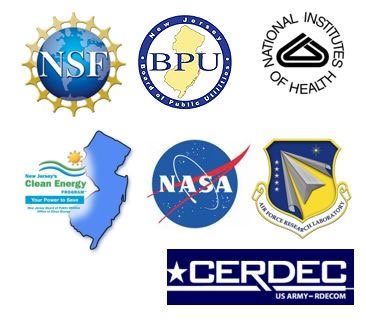

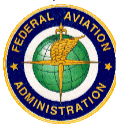
What are some of the projects?
Here is a subset of the projects the ECE department has run AY 2022 - 2023. The broad spectrum of projects include virtual reality simulation in the CAVE, developing a smart microgrid, developing speech recognition algorithms, developing artificial intelligence and machine learning algorithms, developing biomarker fusion and image segmentation for early diagnosis of Alzheimer’s disease, designing next-generation smart satellite that use the new memristor-type memory (yes, the satellite designed by our students already placed into orbit by NASA), educational game design using virtual reality, among many others. This is indeed a subset of the over 160 projects available to ECE students across the College of Engineering.
For a more detailed description of the College of Engineering wide clinic program, selected projects, see the College-wide Engineering Clinic Showcase
2023 Electrical and Computer Engineering Clinic Projects
|
Project # |
Project Name |
Project Manager Faculty |
|
1 |
Cyber Security Mobile System |
Wu |
|
2 |
Interference Management for 5G |
Wu |
|
3 |
Lidar & Neuromorphic Computing |
Wu |
|
4-5 |
Adversarial Machine Learning / ML from Crowds |
Polikar |
|
6 |
What Is in Your Genome? |
Polikar |
|
7 |
Early Diagnosis of Alzheimer’s Disease |
Polikar |
|
8-10 |
Virtual and Mixed Reality for Defense Applications - Smart Sensors; LiFi; Survivability |
Chakraborty, Schmalzel |
|
11 |
Spiking Neural Networks Training Accelerator |
Chakraborty |
|
12-13 |
Attack on Co-processors / Secure Memory Controller |
Chakraborty |
|
14 |
AI: How Can I Trust You |
Ramachandran, Nielsen |
|
15-16 |
AI for Prostate & Breast Cancer Diagnosis |
Ramachandran, Nielsen |
|
17-18 |
Intelligent Serious Games / Mixed Reality Games |
Tang |
|
19 |
Compassion for Autism - VR |
Lecakes, Almon |
|
20 |
Heads-Up VR for Pilots |
Lecakes, Almon |
|
21 |
AI for 3D Asset Creation |
Lecakes |
|
22 |
NJDMAVA Energy/Water Audits |
Li, Trias Blanco, Riddell |
|
23 |
AI Bidding Tool for Wind Farms |
Li |
|
24 |
Smart Nanogrid Planning |
Li |
|
25-26 |
WaterTalk - Remote Sensing |
Tang |
|
27 |
Army VR Human Factors |
Tremoulet |
|
28 |
Drone and Airplane Detection |
Ditzler |
|
29 |
Defenses in RF Communication |
Ditzler |
|
30 |
AIAA—IREC Competition |
Schmalzel |
|
31-32 |
NASA -- BIG Idea Challenge / NASA RASC-AL Competition |
Schmalzel |
|
33 |
iFROST: Permafrost Detection |
Schmalzel |
|
34 |
LoCoSat using BLE |
Fifth |
|
35 |
Entrepreneurship in Wireless Power Transfer |
Zhang |
|
36 |
Underwater Wireless Power Technology |
Zhang |
|
37 |
WISPS-Embedded Pavement Sensor |
Trafford, Schmalzel |
|
38 |
Smart Grid |
Cruz, Li |
|
39 |
Portable Battery Design for EV |
LI |
|
40 |
Load and Renewable Foreasting |
Li, Bouaynaya |
|
41 |
Medical IoT - Data Analytics |
Bosak, Bouaynaya |
Student-initiated projects – Venture Capital Fund

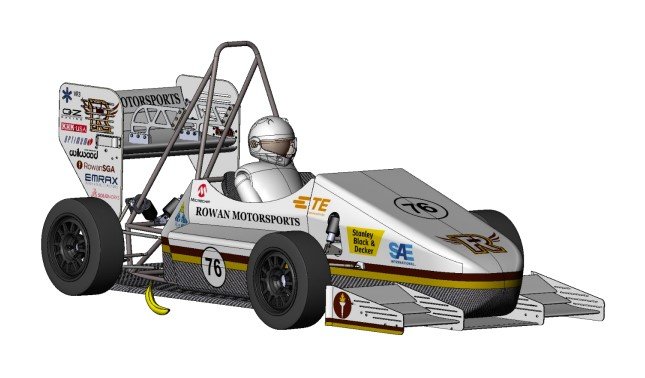
The College of Engineering and Electrical and Computer Engineering department also funds student-initiated projects. This entrepreneurial fund allows students who come up with their own ideas to develop such ideas, prepare a business and development plan and then implement those plans with funding support. Some student-initiated projects include developing and building a formula race type electric vehicle, electromagnetic launcher project, quadrocopter design project, the digi-tails project (for developing custom designed animated turn / stop signal development for muscle cars) which then turned into a full-fledged company that is currently doing business under the commercial name of Digi-tails.
For a more recent Quadrocopter project, see the Rowan Quadrocopter video. This quadrocopter was built entirely from scratch by the clinic team. The team who built this quadcopter than went on to establish their own company, Verge Aero building drones and creating some dazzling drone shows, such as this one, this one, and this tribute to health care workers during the Covid-19 pandemic.
